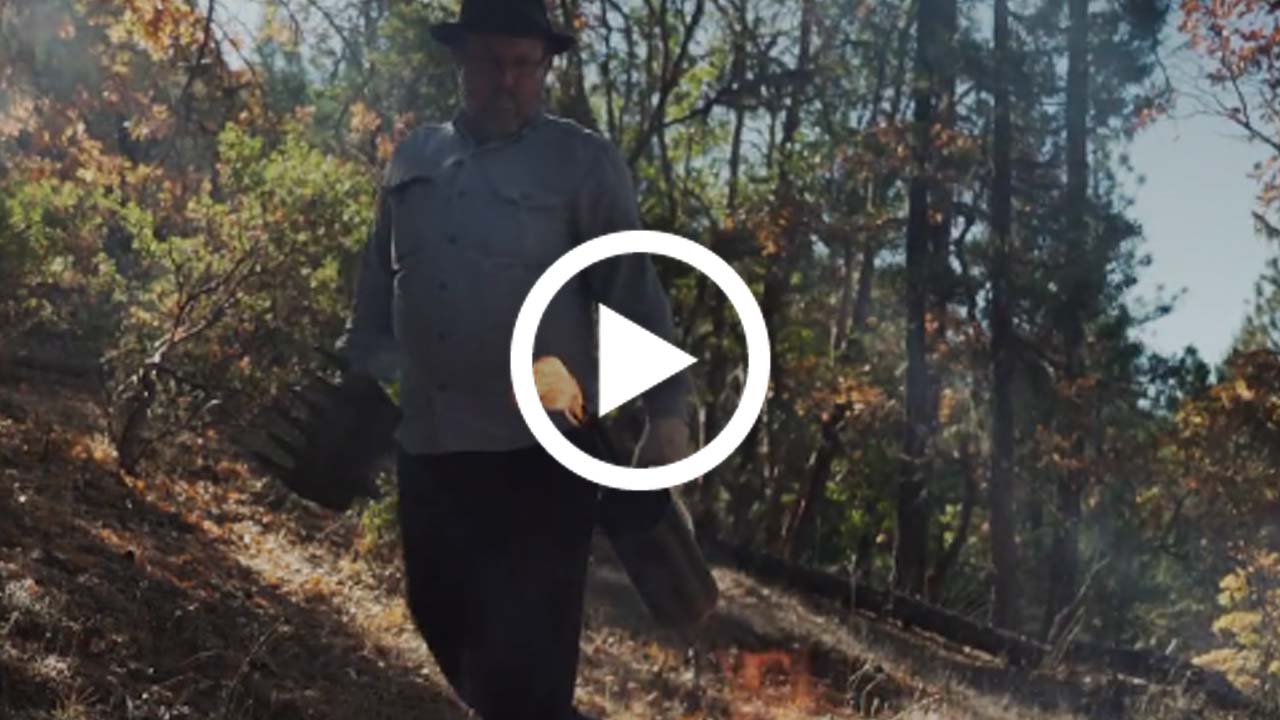
This summer’s fire season was a nasty one, and perhaps the harbinger of things to come. Some fires — like the Eagle Creek and Chetco Bar fires — were dramatic and frightening given their high intensity and their close proximity to communities. These fires threatened places that are vitally important to many Oregonians. Perhaps now that our skies are clear of smoke, we can once again breathe fresh air and think about some ways of addressing fire management issues.
The summer’s dramatic blazes generated intense interest not only from the public but also from decision-makers at all levels of government. Many stakeholders have pointed to the fires as symptoms of longstanding shortcomings in federal policies regarding fire and forest management and have used this opportunity to advance policy changes in Congress.
Some of these ideas — such as changing the way the Forest Service funds firefighting — are long overdue. But others, such as a bill recently passed by the U.S. House of Representatives, are the most recent in a long line of bills based on old thinking. These bills offer twentieth-century solutions to what has become a twenty-first century problem. These ‘salvage’ bills mandate plenty of logging but fail to address the two-degree rise we have already seen in July maximum temperatures, the earlier snowmelt and the extended length of the fire season. These bills do nothing to deal with shortages of everything from trained fire crews, to Ph.D. meteorologists and fire ecologists.
To evaluate these policy proposals and decide what we should do in our public forests, one first needs to review the role fire plays in these forests. Although forests are complex and variable, scientists and foresters know that almost all of our forests in the Pacific Northwest were born in fire and need periodic fire to sustain themselves. Attempting to remove all fire from our forests defies common sense and would damage forests long-term health.
We need policies that remove high-intensity fires from the vicinity of houses. We need policies that hire local crews to treat fuels in the fall and the spring, so they don’t have to watch their homes burn in August.
Many of our policies were developed before we understood fire’s role in forest health. These policies effectively suppressed most low and moderate severity forest fires. Prior to European settlement, upwards of 85 million acres burned every year in the continental U.S. Many were guided by tribes that actively managed fire and used fire to prevent the kind of catastrophic fires that now threaten our modern wood frame homes. After many decades of fire suppression and rapid housing development, fires burn in areas that are now home to millions of people. The stakes for the people and resources in these “wildland urban interface” areas are extraordinarily high.
Another complicating factor is the dysfunctional way in which Americans pay for fire response on federal lands. As fire suppression costs have increased, agency budgets remain stagnant or declining. Due in part to unplanned, rapid expansion of flammable wood frame housing into wildland fringes of our suburbs, the Forest Service exceeds its firefighting budget and must raid other accounts to pay for suppression efforts. These ‘other accounts’ are often the funds used for fire prevention activities like removing small trees and brush that contribute to more intense future fires. These fund transfers often rob funding from controlled burns and other science-based forest management that creates jobs for local communities. They are taking money that prevents future fires to fight this year’s fires. This process is the very definition of shortsighted and must change if we are to sustain the forests that define us as Oregonians.
There are popular and common sense solutions that we can implement now. First, Congress should stop bickering and pass legislation that fixes the fire funding problem. Regardless of which specific legislation is passed, it should fund firefighting at levels commensurate with the problem. Home losses from wildfire are now seven times that of the 1970s. Let’s fund wildfire suppression as if we care about rural communities. Second, Congress should invest in the land management agencies, particularly the Forest Service, that have for too long been starved of adequate funding to carry out their multiple use missions, including restoring forests so they can better tolerate fire as they used to do. Third, those of us who live in the “wildland urban interface” can prepare our homes and communities for wildfire by creating defensible space on private property. These and other beneficial actions are possible under existing law.
What would not be beneficial are legislative proposals that deny access to our courts, curtail public engagement, reduce safeguards for species like coho salmon and eliminate protections for special places like the Cascade-Siskiyou National Monument. They are divisive, contrary to the best available science and could do real harm. They politicize, even weaponize a basic public safety issue. These proposals are not “the Oregon way.”
Now that this fire season is over, it is time to focus on solutions. We know that the next fire season is just a few months away, so this is a good time to think about the future of our forests and the communities and stakeholders that depend on them. Understanding the challenges and possible solutions has never been more important.
Rich Fairbanks
Jacksonville, OR
Mr. Fairbanks worked for 32 years with the Forest Service and worked on wildfires in OR, ID WA, MT, CA, NV, UT and AZ. He worked as Interagency Hotshot Crew Supervisor, Suppression Crew Foreman, Division Supervisor, Field Observer and Felling Boss. He holds a Master’s Degree and served as an expert witness on wildfire behavior in OR, ID, CA, UT and AZ.
